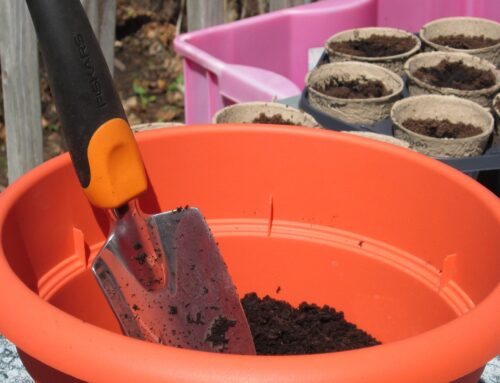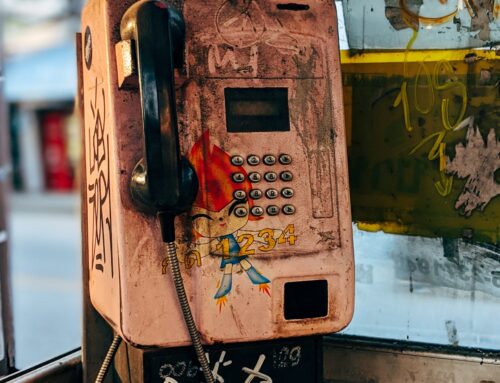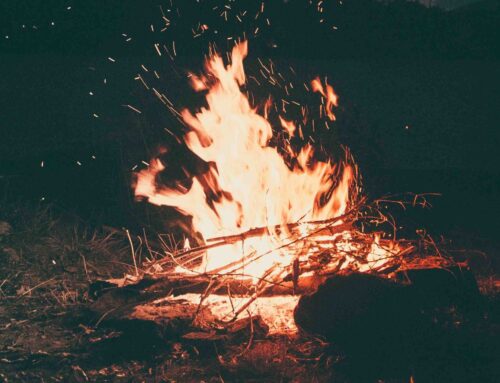In a world where unforeseen challenges can arise at any moment, having a well-prepared emergency contact list is a crucial step toward ensuring the safety and well-being of you and your loved ones. Whether you’re facing a short-term power outage during the winter months or bracing for a full-scale apocalyptic scenario, having an emergency contact list can provide peace of mind and aid in communication during critical times. This guide offers a step-by-step approach to creating a basic yet effective emergency contact list for a wide range of survival situations.
Step 1: Identify Key Contacts
Start by identifying the individuals and organizations that are vital to your survival and well-being in various scenarios. This needs very serious consideration as no two people or families need to build the same emergency contact list. These contacts might include:
- Immediate Family Members: List all members of your household, including their full names, ages, and any medical conditions or special needs.
- Close Relatives and Friends: Include contacts who live nearby or within reach and could provide assistance or shelter.
- Neighbors: Compile contact information for trustworthy neighbors who can offer support or share resources.
- Medical Professionals: List doctors, specialists, and pharmacies you regularly visit. This is even more important for anybody with a preexisting condition.
- Local Authorities: Include the non-emergency number for your local police, fire department, and hospital.
- Utility Companies: Keep contact details for your electricity, water, and gas providers in case you need to report outages.
- Emergency Services: Include the emergency line for your country or region (e.g., 911 in the U.S. and Canada).
Step 2: Organize Information
Create a clear and organized document to record your emergency contact information. You can use a physical notebook, a dedicated section in your prepper binder, or a digital note-taking app.
- Names: List the full names of individuals and organizations.
- Phone Numbers: Include primary and alternate phone numbers.
- Addresses: Note addresses, especially for essential locations like hospitals or emergency shelters.
Step 3: Distribute your Emergency Contact List
Ensure that everyone in your household knows the location of the emergency contact list and how to access it. If you have multiple family members, consider creating multiple copies to keep in different places, such as one in your home and another in your bug-out bag.
Step 4: Update Regularly
Keep your emergency contact list up-to-date. Review and revise the list periodically to account for any changes in contact information or personal circumstances. Put a note on your calendar to take a look at this list at least once a year.
Step 5: Share with Trusted Individuals
Consider sharing a copy of your emergency contact list with a trusted friend or family member who lives outside your immediate area. This provides an additional layer of security, as they can help relay information to other contacts if communication lines are disrupted in your region.
By following these steps, you’ll have taken a crucial step toward ensuring your safety and that of your loved ones in a variety of emergency scenarios. Remember that communication is key in survival situations, and having a well-prepared emergency contact list can make all the difference when it matters most. Stay prepared, stay connected, and stay safe.






